| Weight | 1000 g |
|---|---|
| Belly | 4.5cm. |
| Blade Size and Type | 13.5 inch (34.42cm) Handmade and Unpolished blade. |
| Handle Circumference | 4 inch. |
| Handle Size and Type | 4.5 inch (11.48cm) Rosewood tail tang handle. |
| Hardness of steel | spine=22-25 RC, belly=45-46 RC, edge=54-55 RC. |
| Lower Spine | 4mm. |
| Upper Spine | 8mm. |
MILITARY SIRUPATE KUKRI
This is EGKH Military and Regimental Issue Sirupate kukri is based on a Sirupate style that was used in both World Wars. The kukri comes with a 34cm long hollow ridgless forge blade with a 4.5cm belly depth, with a weight of around 600 grams. The handle has steel fittings, including the butt with a wooden handle. It comes in a good quality Military scabbard and carrying frogs. Two small knife(karda & chakmak )are also come with this kukri.This blade can be used to chop wood or bone cleaning bushes and other kind of domestic work.
$102.00
This is EGKH Military and Regimental Issue Sirupate kukri is based on a Sirupate style that was used in both World Wars. The kukri comes with a 34cm long hollow ridgless forge blade with a 4.5cm belly depth, with a weight of around 600 grams. The handle has steel fittings, including the butt with a wooden handle. It comes in a good quality Military scabbard and carrying frogs. Two small knife(karda & chakmak )are also come with this kukri.This blade can be used to chop wood or bone cleaning bushes and other kind of domestic work. Military made and issued kukri like the Sirupate are true Gurkhas kukri!! Seeing action with the various battalions in places like the Battle of Aubers and Neuve Chapelle in France in 1915, and in Gallipoli at the Battle of Gully Ravine and Sari Bair in WW1 any many other places. The style was so popular that it carried through to WW2, seeing action in North Africa, Europe and Burma. The notch (kaura or kaudi) in the blade near the hilt of most khukuris serves as conduit for the blood on the blade to drip out, thus preventing it from soiling the hilt, as well as a device for catching and neutralizing and enemy blade.
Only logged in customers who have purchased this product may leave a review.

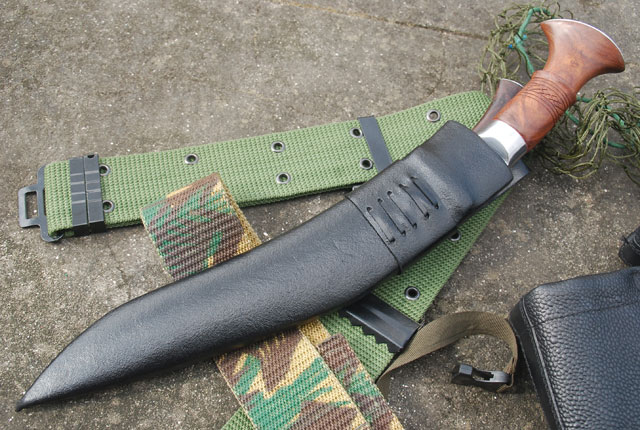
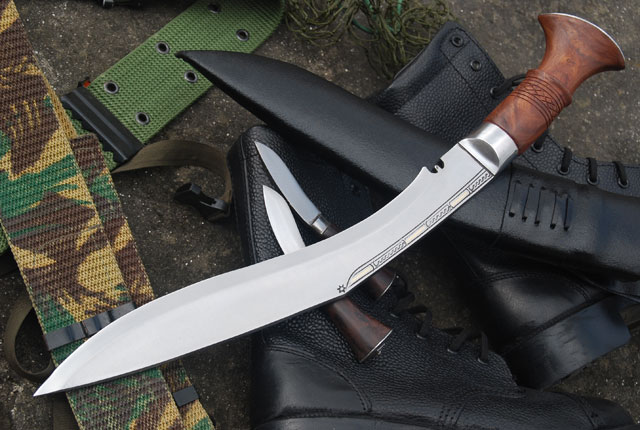
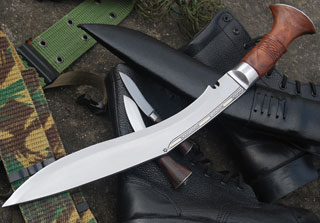
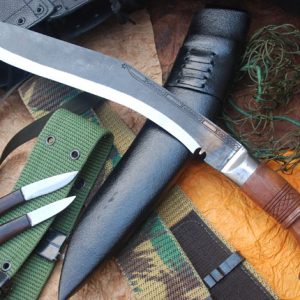
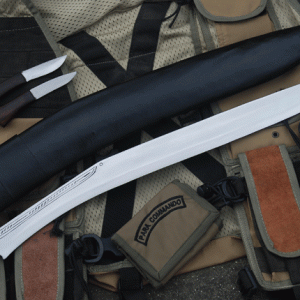
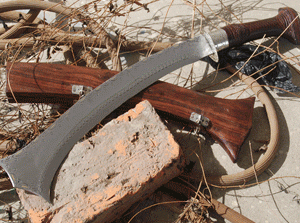
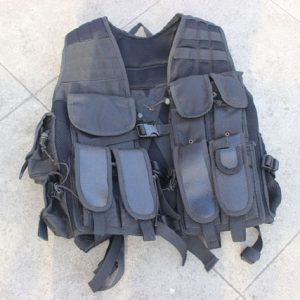
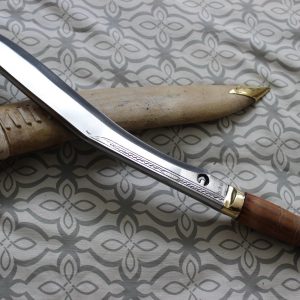
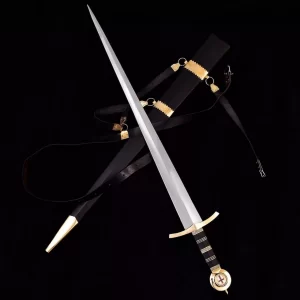
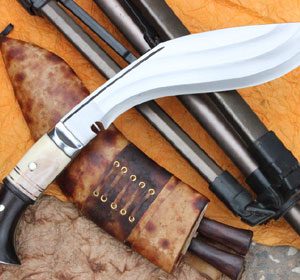
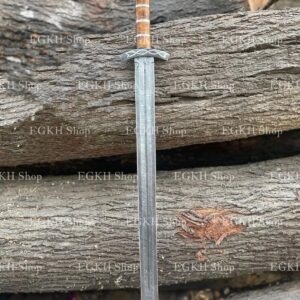
Reviews
There are no reviews yet.